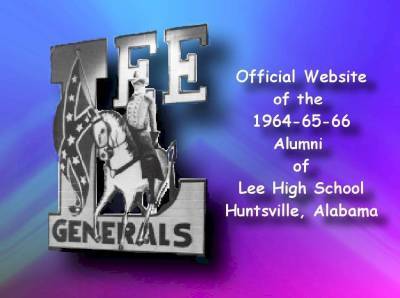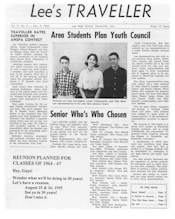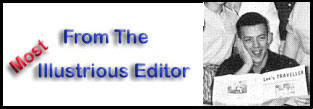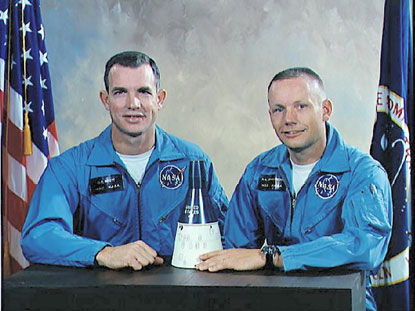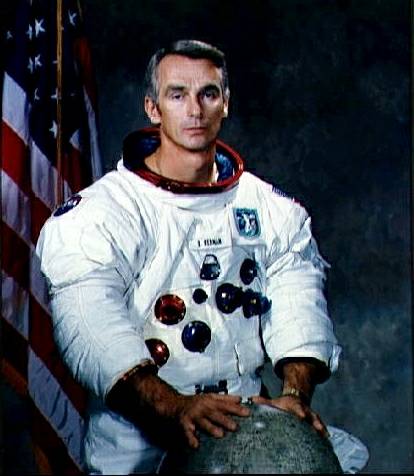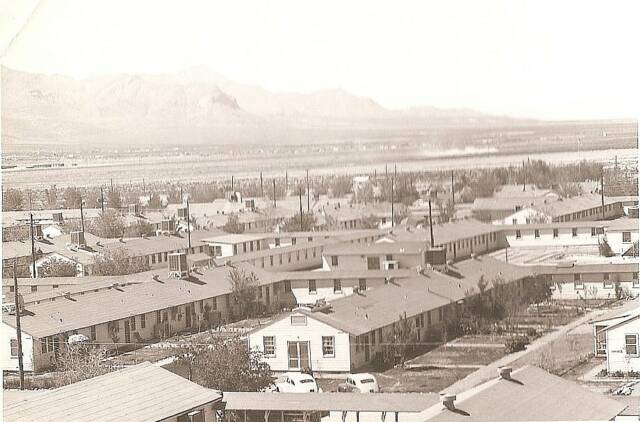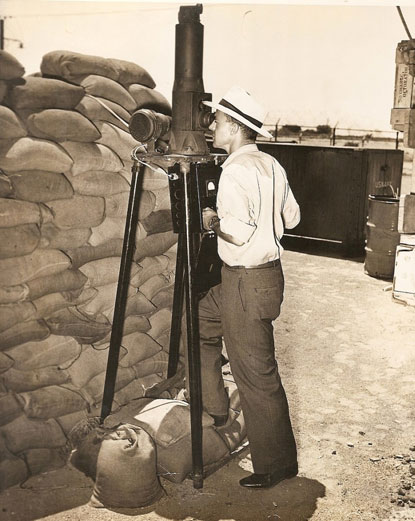Subject: 40th anniversary Apollo 11
40th anniversary Apollo 11
John Drummond
Class of '65
Tommy, you may wish to give Fami-Lee a heads-up re: TIME magazine current issue cover story is dedicated to the 40th anniversary of Neil Armstrong and Buzz Armstrong's walk on the moon. More than just a re-hash of Apollo program, the article reports follow-up stories about the lives of astronauts after Apollo. Neil Armstrong is 78, Buzz Aldrin is 79, and Jim Lovell (Apollo 13, played by Tom Hanks in the movie) is 81; and we thought WE were old!!! The article is written by Jeffrey Kluger, co-author of Apollo 13 film. I feel compelled to point out that Ken Mattingly, a mere pup at 73 (played by Gary Sinise in the movie) is an Auburn graduate.
P.S. To watch videos about how the Apollo 11 mission landed on the moon, see photos the astronauts took, listen to interviews with astronauts and hear what experts believe NASA should do next, go to www.time.com
_________________________________
Subject: Moon Children
Moon Children
Dink Hollingsworth
Class of '65
Neither my parents nor Marty's (Fincher) parents contributed directly to the Space Race but their contribution's in Huntsville made an impact that directs my life today.
My dad was an Assistant Meat Manager for a Kwik Chek (Winn Dixie) in sleepy Anniston, AL where the store closed at 5:00 pm each day and never opened on Sunday. My mom was an Assistant Manager in the PX (Post Exchange) at Ft. McClellan in Anniston until September 1959 when my dad was offered an opportunity to be the Meat Manager at a new Kwik Chek at the corner of North Parkway and US 72. Hunstville seemed like a million miles from Anniston to a Seventh Grader but we left family and moved to Huntsville.
Many readers worked part time at that store and if you did, you were part of retailing history. From about 1960 to 1968 or so that store was the number one volume Winn Dixie in Alabama. It was a Gold Mine.
My mother worked at the PX at the Aresenal but like the Kwik Chek, it's sales volume was tremendous and to help with this volume, it was decided to move Toys, Sporting Goods and all Outdoor Products to a different location called "The Rod and Rake Shop" and my mother was selected as the first female in the southeast to manage a PX.
Marty's dad was an Excavating Contractor in Birmingham and worked with a number of contractors that had just compelted the first enclosed, air conditioned mall in the southeast, Eastwood Mall. His business was clearing land for houses, digging basements, driveways etc for builders that were building subdivisons in East Birmingham.
When a number of builders opened in Huntsville, he also moved the family north and his work can been seen in parts of Lakewood, Davis Hill's, projects on Pulaski Pike and basically NW Huntsville where the growth was. Living in Birmingham today, it is odd to see subdivisions, street names and house plans that mirror many in Huntsville. If it worked once, it should work twice and it did.
Neither Marty's or my parents helped go to the moon but they fed and housed thousands that did. Those six years at Lee and Huntsville will be with me the rest of my life.
___________________________________
Subject: Lights
Lights
James Ballard
Class of '67
Tommy, please thank Chip for the plug (nearly drained my bank account...ha-ha). And remember, no one would've made it to the moon without the lights being turned on first !
_____________________________






